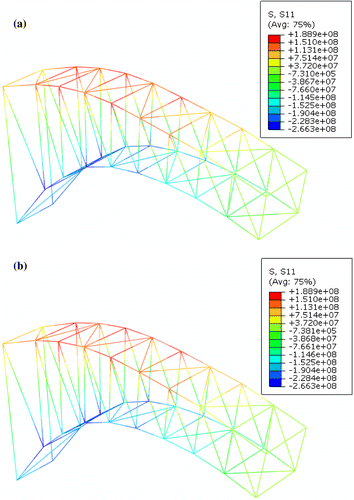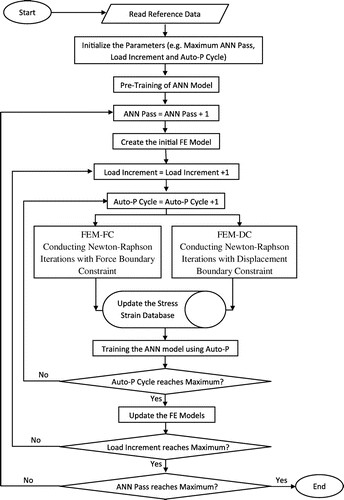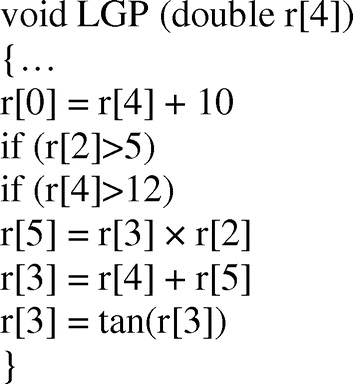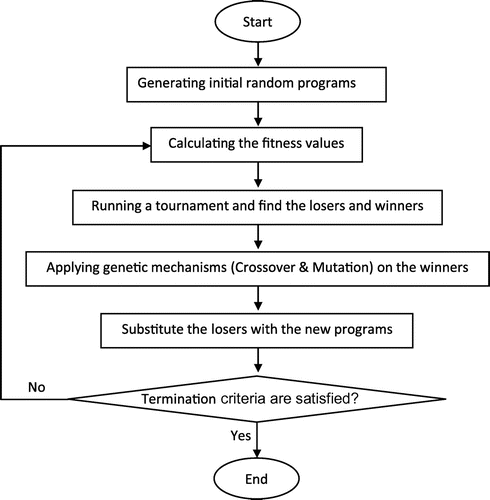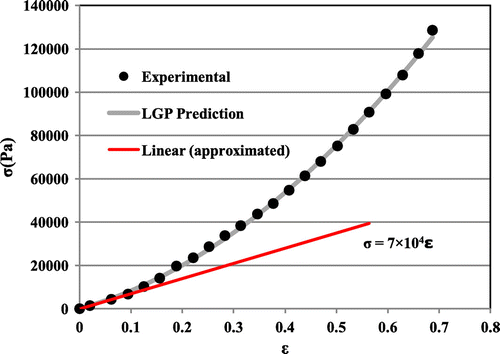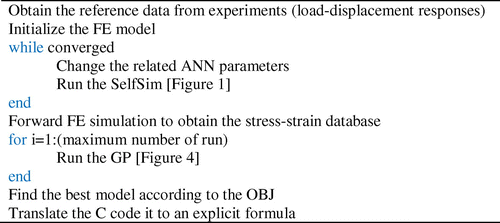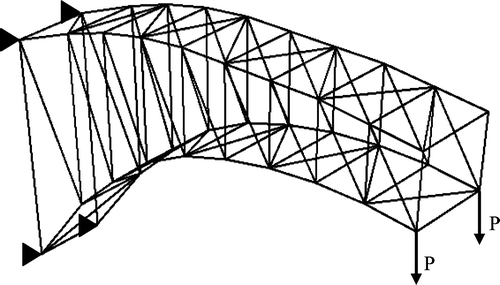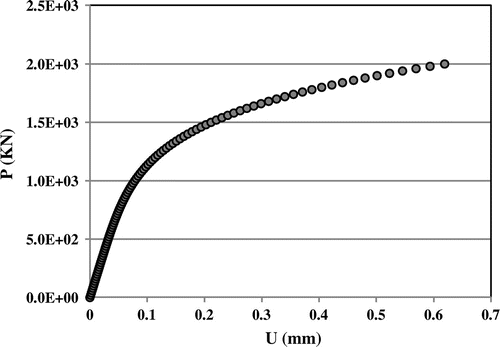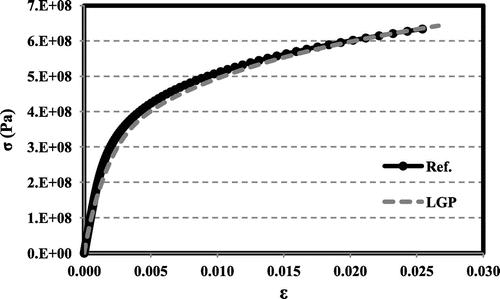Figures & data
Figure 2. Comparison of the GP programme structures. (a) LGP (b) Tree-based GP [Citation32].
![Figure 2. Comparison of the GP programme structures. (a) LGP (b) Tree-based GP [Citation32].](/cms/asset/b8f66752-942c-4ab8-be83-0bf1c18bb427/gipe_a_968149_f0002_b.gif)
Table 1. Parameter settings for the LGP algorithm.
Figure 5. Experimental vs. predicted stress–strain relationship for soils under unconfined compression.
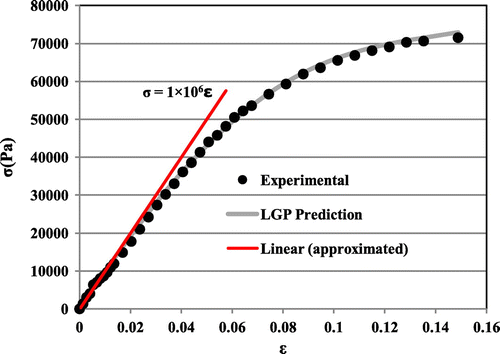
Figure 12. Stress–strain distribution of the whole structure. (a) Reference material model, (b) GP-based material model derived by SelfSim–GP methodology.
